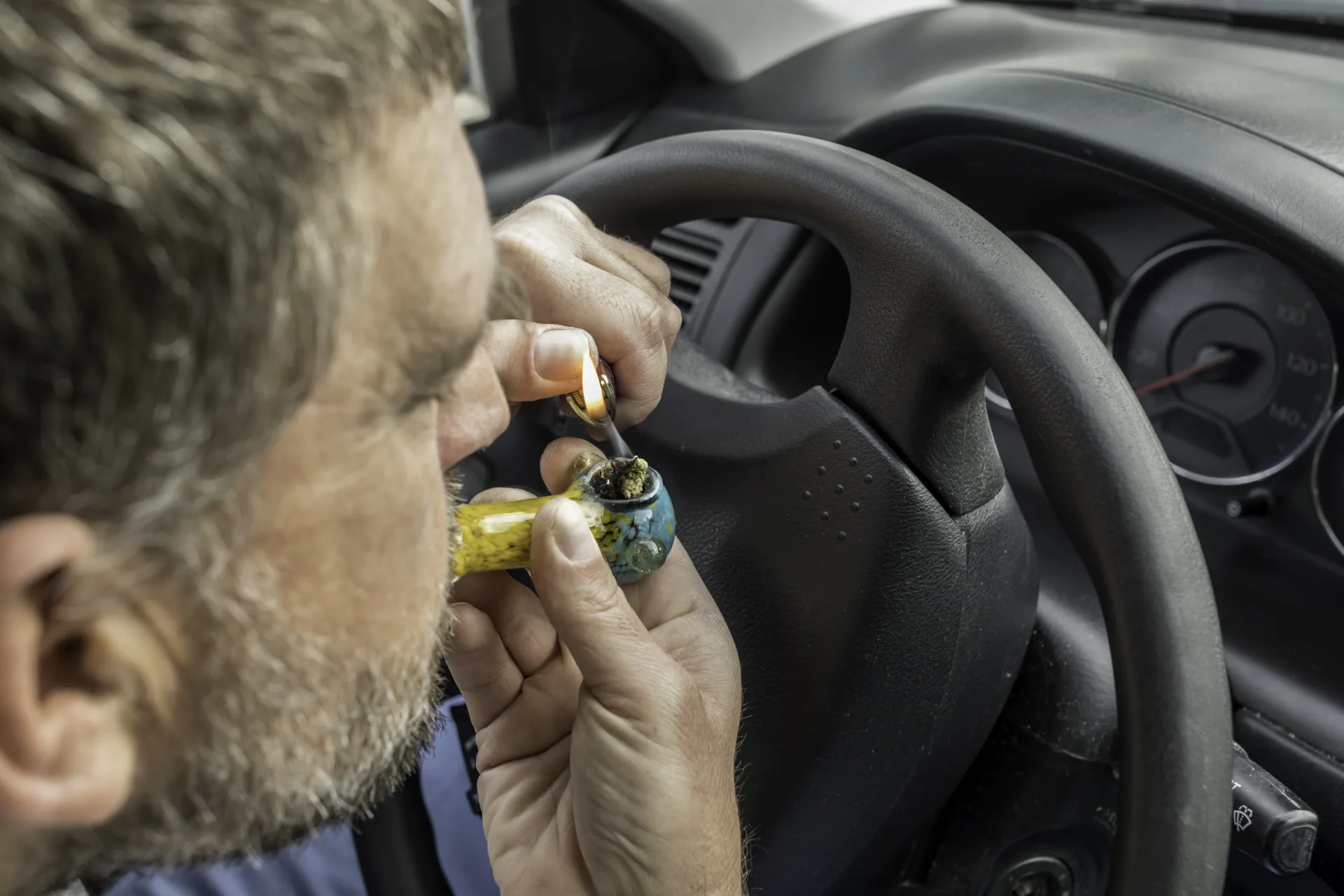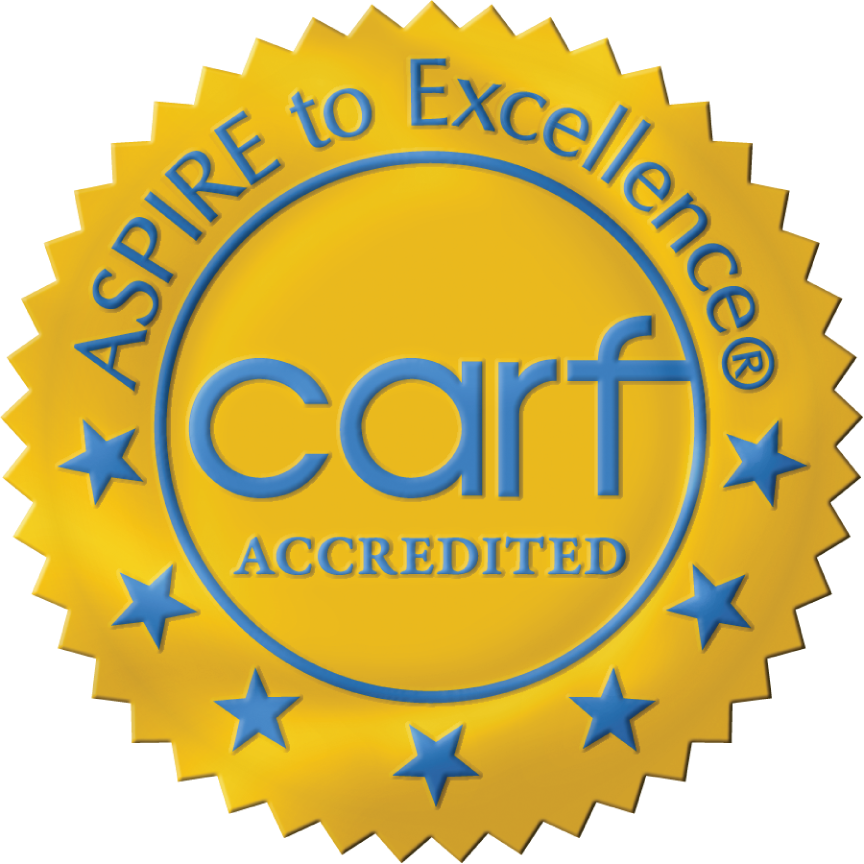
Screening, Brief Intervention, Referral to Treatment (SBIRT), Part 1
In June of 2014, researchers at the Centers for Disease Control reported that excessive drinking accounted for 1 in 10 preventable deaths of working-age Americans from 2006 to 2010: 88,000 deaths each year, the third leading cause of preventable deaths. These deaths arise from liver damage, alcohol poisoning, car accidents, falls, and murders. Most heavy drinkers binge drink and are not alcoholdependent. Binge drinkers consume more than 4 (women) or 5 (men) drinks in a single setting. Excessive weekly alcohol intakeis another concern, for women who consume in excess of 8 or more drinks a week, or men who drink 15 or more alcoholic beverages a week. Any alcohol consumption by teens or pregnant women is considered excessive. Consumption of illicit drugs also poses a major risk to the brain, behavior,and the body. Notably, alcohol and illicit drug abusers are also at higher risk for misuse or abuse of prescription medications.Yet how many people know whether their level of alcohol consumption or any drug use is “normal,” excessive, a form of misuse, worrisome, hazardous to health, or conforms to the medical definition of a substance use disorder? This two-part article will discuss the SBIRT approach and its effectiveness.
What Is SBIRT?
Screening, Brief Intervention, and Referral to Treatment (SBIRT) is a comprehensive public health approach to raise awareness and intervene in persons engaged in excessive alcohol use or consumption of other drugs. SBIRT integrates and coordinates screening and treatment components in healthcare settings (medical, social services). It is designed to provide early intervention, or, if needed, referrals in healthcare settings to a specialized treatment program. Its underlying strategy is to identify and assist persons who engage in a wide spectrum of substance use—risky or problematic usewhich may or may not have resulted in adverse consequences, or those with a diagnosis of substance use disorder. The primary goal of SBIRT is to reduce use and the associated adverse effects on health, family, and society. Depending on the level of use and severity, SBIRT services involve one to four progressive phases: identify (screen), intervene, treat briefly, refer to specialty treatment.
- Screening: Quickly assesses the severity of substance use and identify the appropriate level of care. The screening procedure can takejust a few minutes or as many as 30 minutes.
- Brief Intervention: From 6 to 30 minutes that can increase insight and awareness of substance use and consequencestomotivatebehavioral change.
- Brief Treatment:Expands the brief intervention beyond a single session to four or more sessions.
- Referral to Treatment: Provides access to specialty care for persons identified as needing more extensive treatment.
Screening
Screening is based on evidence-based screening questionnaires designed to capture an individual’s substance use and generate a score that reflects the severity of the substance use and its consequences. Questions are delivered face-to-face by a physician or other healthcare professional, or by a self-administered questionnaire completed by the patient on paper or via a computer. Oral, written, and electronic screening methods have reliability and validity comparable to accepted medical procedures such as a blood pressure measurement, a mammogram to identify early breast cancer, or a prostate-specific antigen test to detect prostate cancer.
Brief Intervention
Brief intervention is a time-limited, frequently manualized, protocol-driven process. The counseling strategy focuses on reducing unhealthy behaviors and increasing healthy behaviors.After a positive screen, intervention strategies are evidence-based scripts that educate, offer advice and counseling, ora referral to a specialized addiction treatment service. Brief interventions are designed to provide escalating levels of service, depending on the screening results. A briefconversation can raise concerns about the patient’s use of alcohol, tobacco, and other drugs, and provide advice to reduce consumption. It encourages patients to comply with changes in behavior that can have a significant impact on health. A number of clinical trials suggest that the minimum number of brief intervention contacts required to achieve a reduction in alcohol use is three or four. These may involve screening and assessment, a 10- to 15-minute counseling session, or a follow-up phone call. The length of the intervention appears to be less important than the number of contacts.
Referral to Treatment
Referral to specialized treatment is offered to individuals who are identified as needing more extensive treatment, outside the scope of SBIRT. It is a collaboration between SBIRT providers and providers of specialty treatment, to provide access of patients to the appropriate level of care.
In the second part of this series we will discuss SBIRT as a response to a need and the evidence for SBIRT effectiveness and support.
References
Substance Abuse and Mental Health Services Administration. (2014). Screening, Brief Intervention, and Referral to Treatment (SBIRT). Retrieved from http://beta.samhsa.gov/sbirt








